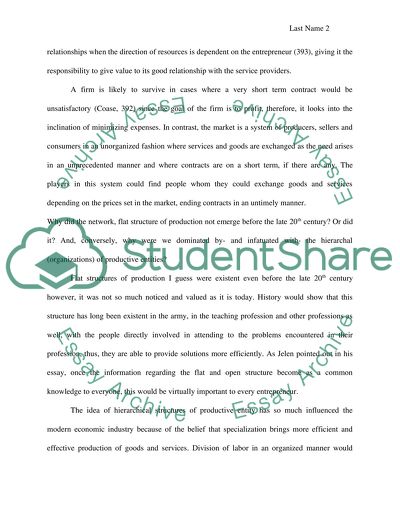Cite this document
(“The Logic of Firm and Market Term Paper Example | Topics and Well Written Essays - 1500 words”, n.d.)
The Logic of Firm and Market Term Paper Example | Topics and Well Written Essays - 1500 words. Retrieved from https://studentshare.org/miscellaneous/1571556-the-logic-of-firm-and-market
The Logic of Firm and Market Term Paper Example | Topics and Well Written Essays - 1500 words. Retrieved from https://studentshare.org/miscellaneous/1571556-the-logic-of-firm-and-market
(The Logic of Firm and Market Term Paper Example | Topics and Well Written Essays - 1500 Words)
The Logic of Firm and Market Term Paper Example | Topics and Well Written Essays - 1500 Words. https://studentshare.org/miscellaneous/1571556-the-logic-of-firm-and-market.
The Logic of Firm and Market Term Paper Example | Topics and Well Written Essays - 1500 Words. https://studentshare.org/miscellaneous/1571556-the-logic-of-firm-and-market.
“The Logic of Firm and Market Term Paper Example | Topics and Well Written Essays - 1500 Words”, n.d. https://studentshare.org/miscellaneous/1571556-the-logic-of-firm-and-market.


